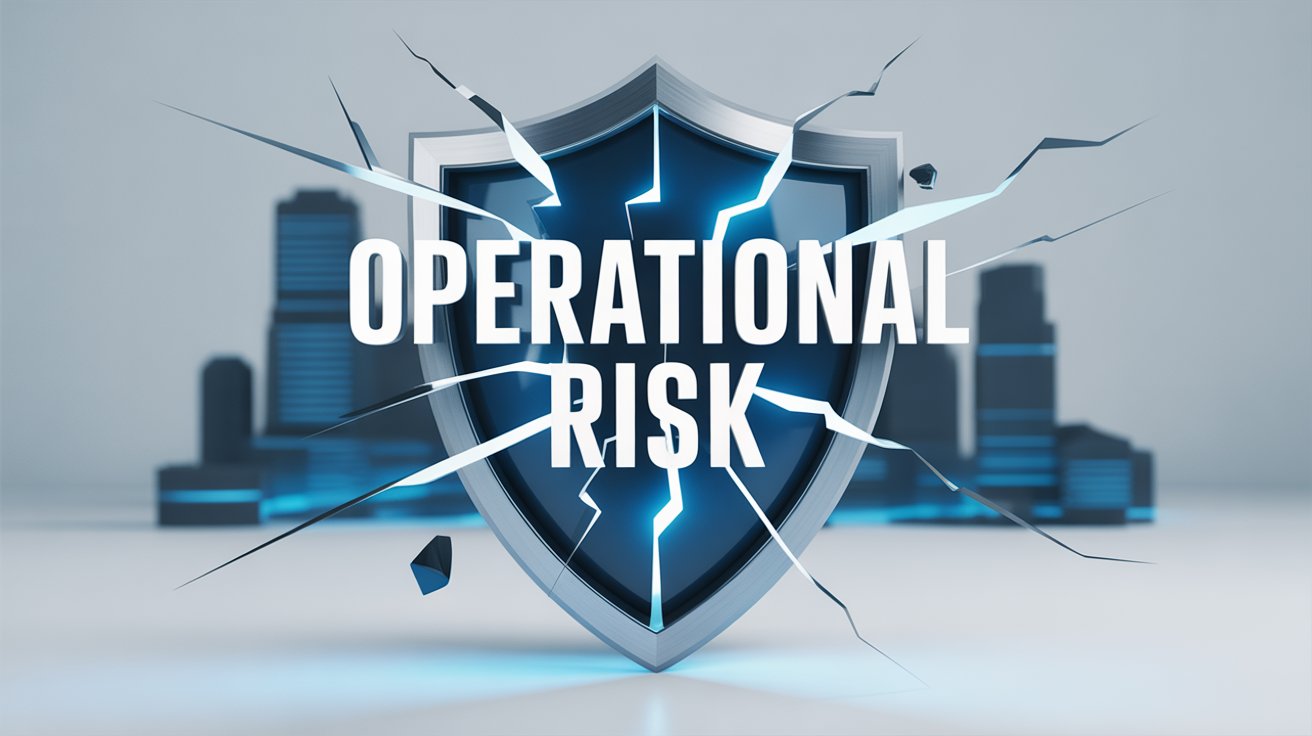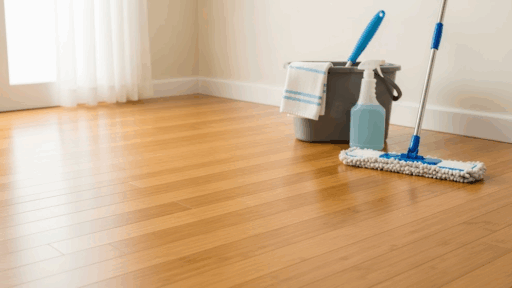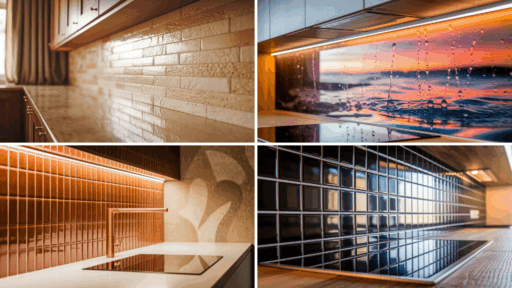In facility management, operational risk refers to the potential for unexpected events that disrupt the normal functioning of a building. These risks can range from safety hazards, operational inefficiencies, maintenance failures, and legal issues to employee dissatisfaction. Reducing these risks is essential for creating a productive, safe, and compliant environment. One of the most effective ways to mitigate operational risks is through smart facility design. A well-thought-out design not only makes a space more functional and comfortable but can also reduce costly issues that may arise down the road.
Understanding Operational Risk in Facility Management
Operational risks in facility management are common, and they can stem from various sources. These risks can include anything from inefficient space usage to safety hazards, compliance violations, and environmental concerns. For example, poor ventilation or inadequate fire safety measures can lead to health hazards or legal liabilities. Likewise, the improper layout of a facility can contribute to inefficiencies, affecting workflows and increasing employee frustration.
The consequences of these risks can be far-reaching. Operational risks can lead to significant financial losses through repairs, legal penalties, or downtime. In some cases, they can even damage a company’s reputation. Reducing these risks is a primary concern for business owners, which is why it’s essential to focus on facility design as a tool for risk management.
The Role of Smart Facility Design in Minimizing Risk
Smart facility design addresses operational risks by creating a space that prioritizes safety, functionality, and compliance. For example, a space designed with safety in mind reduces the likelihood of accidents or injuries. Efficient layouts can minimize crowding and streamline movement, reducing the risk of bottlenecks that might cause delays or safety hazards.
In addition, a well-designed space ensures compliance with safety regulations and accessibility standards. A facility that is designed with proper signage, easy access to exits, and well-maintained systems is less likely to face compliance-related fines or lawsuits. Smart design also considers potential hazards before they occur and incorporates measures to mitigate them. For instance, using non-slip flooring or strategically placing fire extinguishers and emergency exits ensures the space is prepared for unforeseen events.
Key Design Elements That Reduce Operational Risk
When designing a facility to minimize operational risks, there are several elements to focus on. A key element is space planning and flow. An efficient layout ensures that the building is organized, reducing unnecessary congestion and promoting smooth movement throughout the space. Poor space planning, on the other hand, can lead to cramped areas that contribute to accidents and inefficiency. For example, workspaces and common areas should be well-spaced to allow employees to move freely, reducing the chance of accidents or delays.
Material selection is another important aspect of smart facility design. Choosing durable, easy-to-maintain materials reduces the likelihood of breakdowns and long-term wear and tear. This is especially crucial in areas with high foot traffic or frequent use, such as restrooms. Investing in materials that are easy to clean, resistant to damage, and long-lasting ensures the facility will continue to function smoothly without costly repairs or frequent replacements.
In spaces like restrooms, one of the most important considerations is the type of partitions used. Restroom partitions play a key role in maintaining privacy and minimizing maintenance costs. When considering upgrades to restroom facilities, one of the most common questions is, How much does a restroom partition cost? The answer depends on the materials chosen, but investing in quality partitions can enhance privacy, reduce maintenance time, and improve the overall functionality of the restroom, ultimately contributing to a safer and more efficient environment.
Technology and Automation in Facility Design
Another aspect of smart facility design is the integration of technology and automation. Smart technologies can drastically reduce operational risk by improving efficiency and providing real-time data. For example, automated building systems can monitor lighting, HVAC, and security functions, helping identify issues before they become major problems. If there is a malfunction or inefficiency, a smart system can send an alert, allowing facility managers to take action quickly and prevent costly damage or system failures.
Automating systems like heating and cooling can also reduce the facility’s energy consumption, which not only lowers costs but also reduces environmental risk. Furthermore, using sensors to detect potential hazards, such as gas leaks or water damage, helps prevent more serious issues from arising. The integration of technology into facility design allows for a more proactive approach to managing operational risk, providing real-time solutions and early warnings.
In addition, smart technologies help facility managers optimize energy use, detect waste, and monitor equipment health. These systems help to prevent unexpected breakdowns, optimize the lifecycle of building systems, and contribute to the overall sustainability of the facility.
The Cost of Smart Design vs. The Cost of Risk
While the initial investment in smart design may seem high, the cost of ignoring operational risks can be far greater. Facility managers who prioritize safety, efficiency, and compliance through design upgrades are likely to see long-term savings that far exceed the initial costs. For example, investing in quality materials, efficient layouts, and modern technology can prevent costly repairs, legal issues, and operational inefficiencies that may arise from neglected design.
Operational risks that are not addressed can lead to unexpected costs, including repair bills, fines for safety violations, and downtime. On the other hand, facility upgrades that focus on reducing these risks can help a business save money in the long run, protect its employees, and create a safer, more productive environment.
Conclusion
Smart facility design plays a critical role in reducing operational risks that can negatively impact a business. By focusing on functional layouts, durable materials, safety measures, and technological integration, businesses can create a more efficient, safe, and cost-effective environment. Investing in design upgrades, such as installing quality restroom partitions and improving space flow, helps prevent long-term problems that can be costly and time-consuming to fix. By prioritizing risk reduction through thoughtful design choices, businesses ensure the long-term success and stability of their operations.








